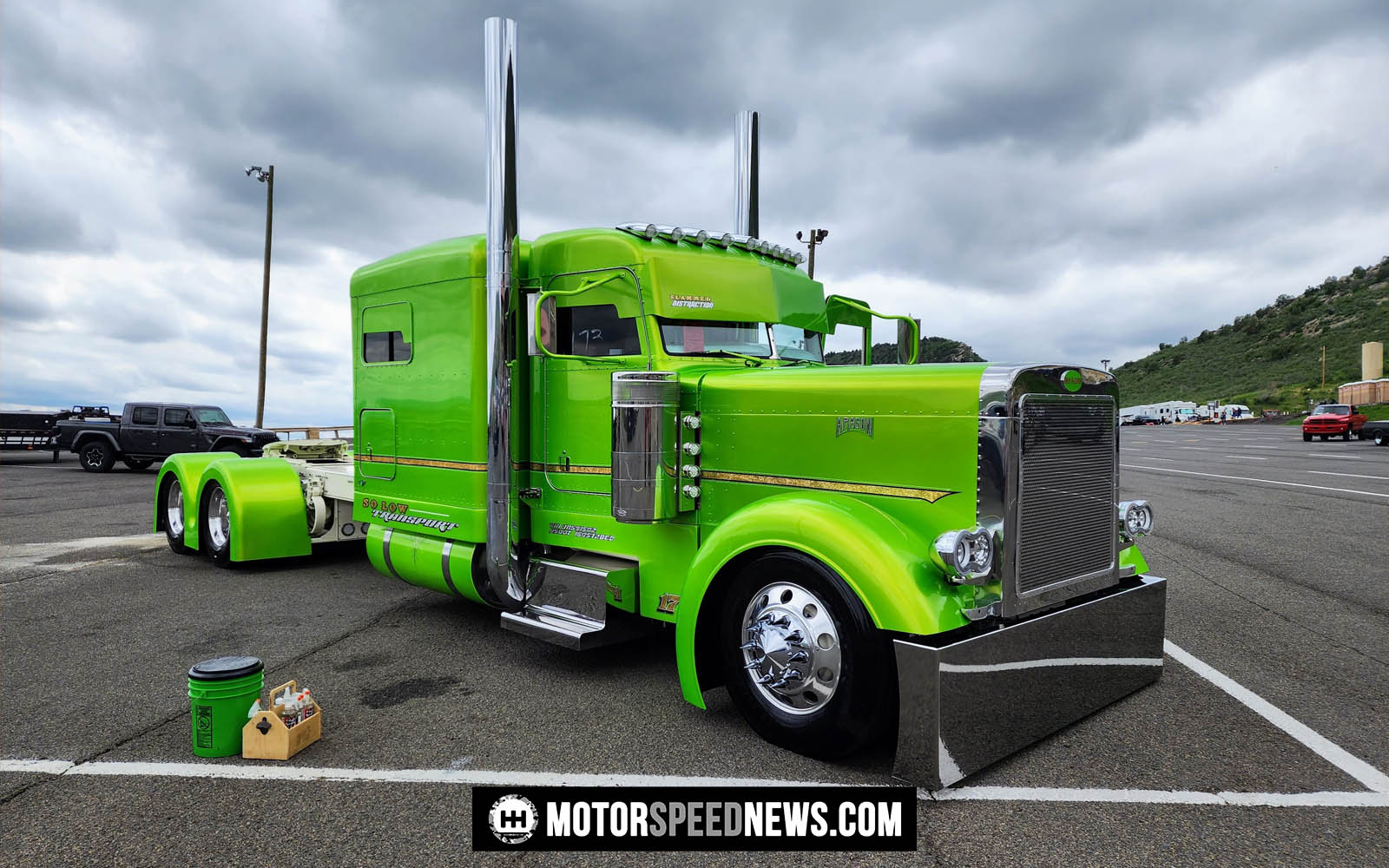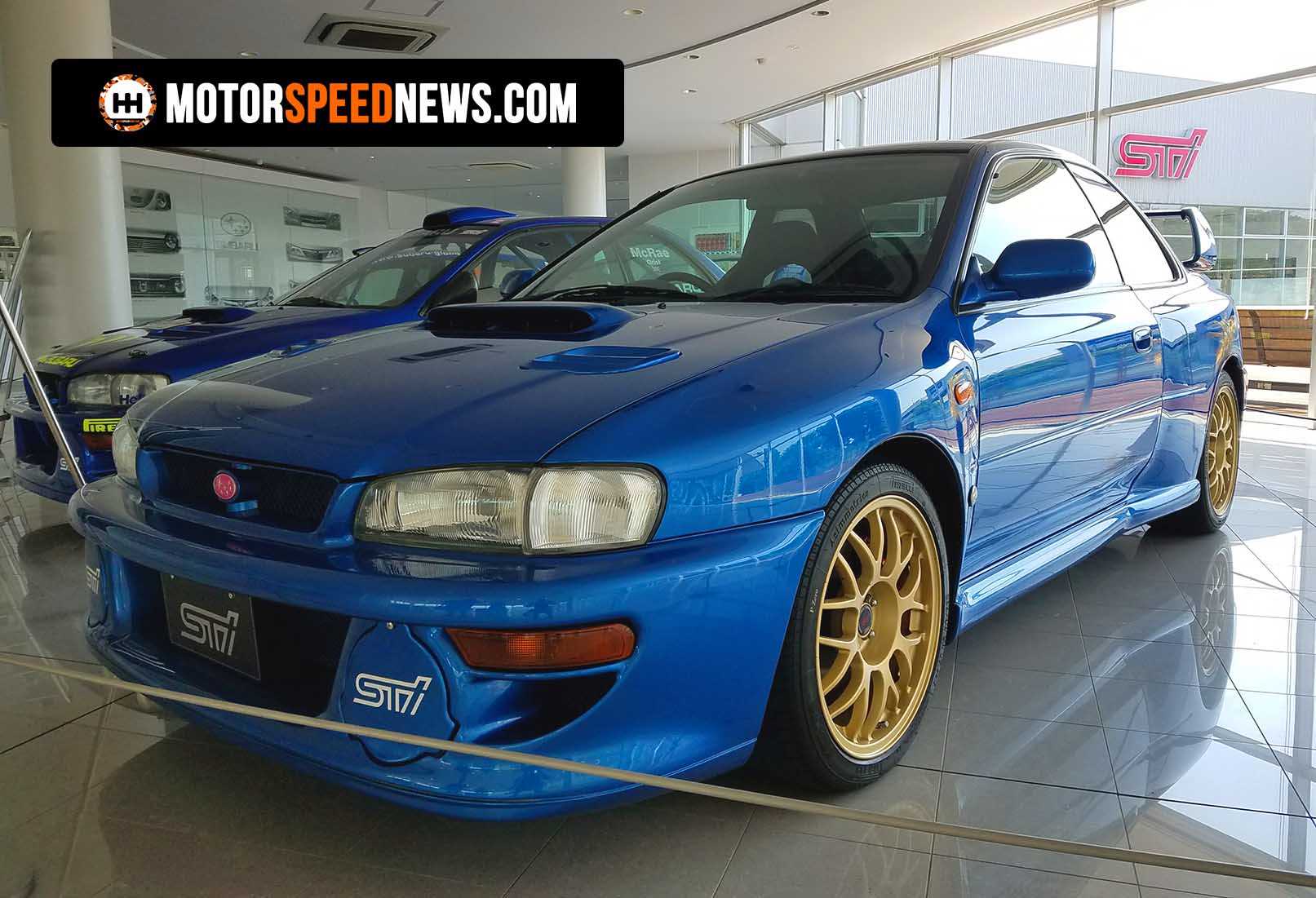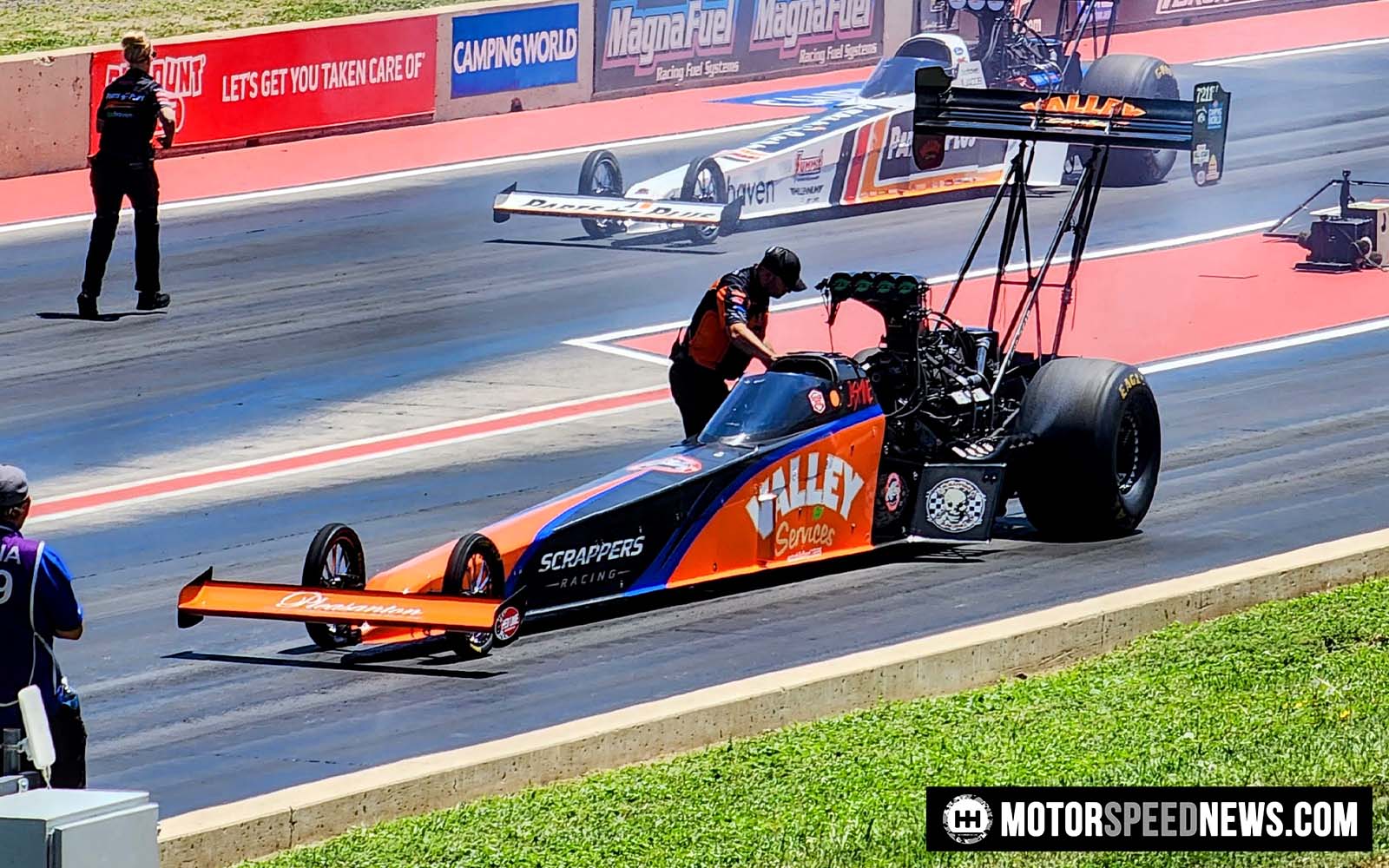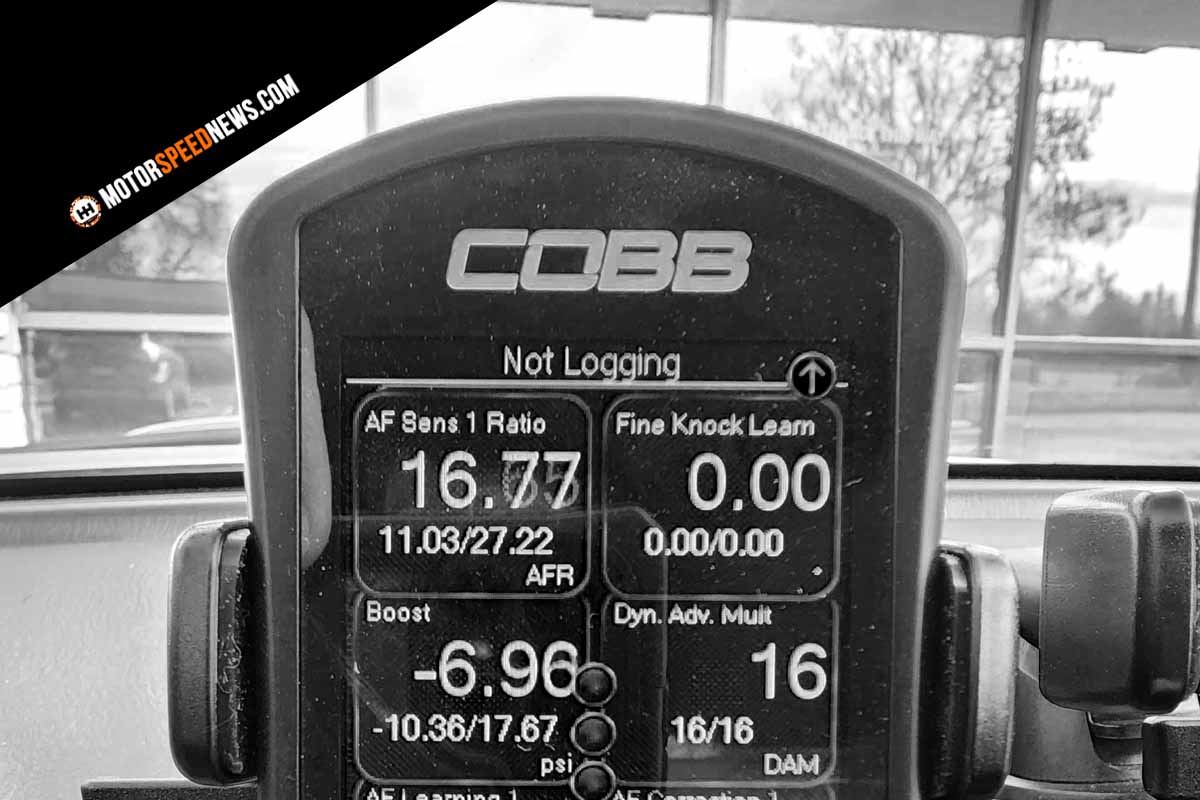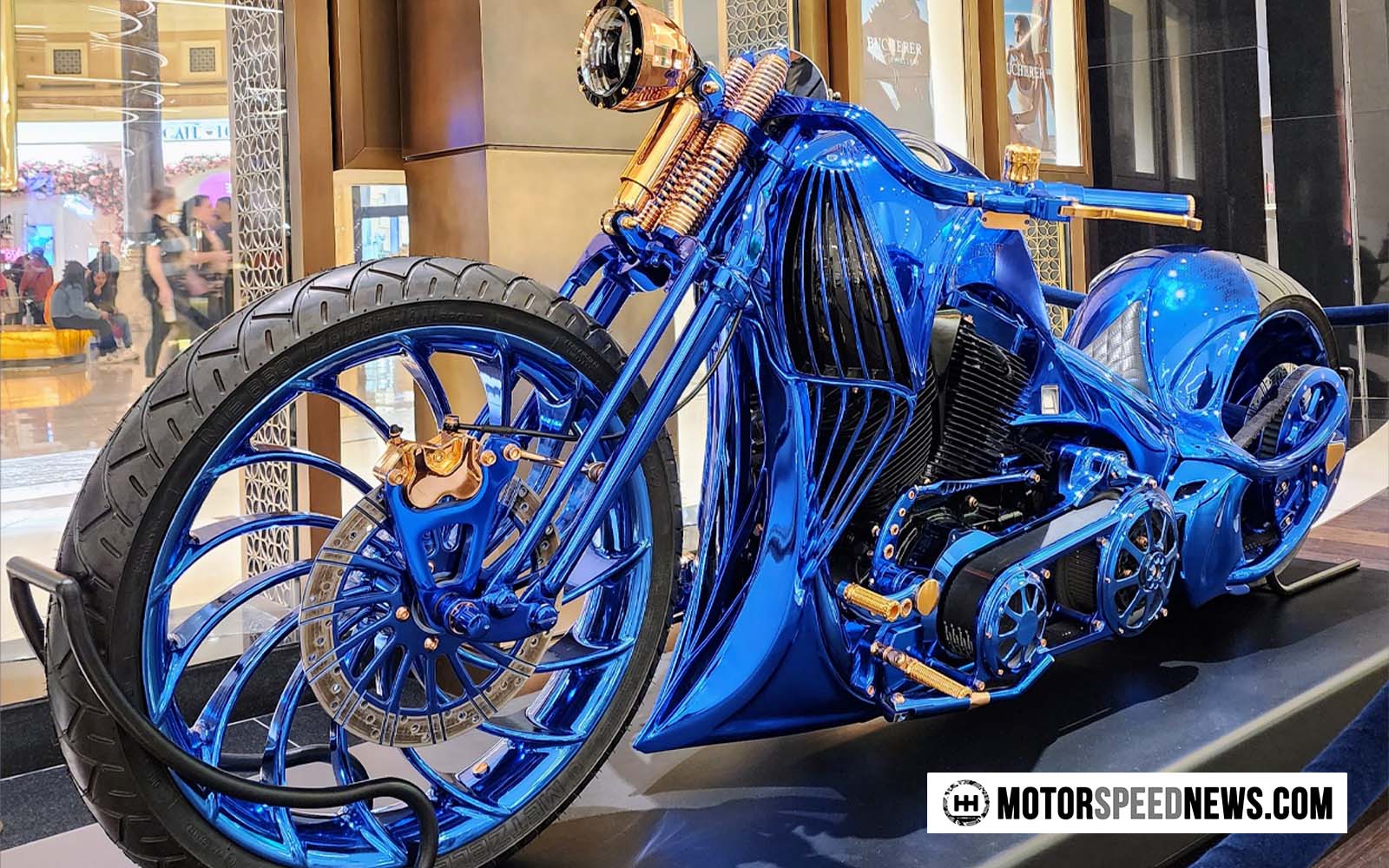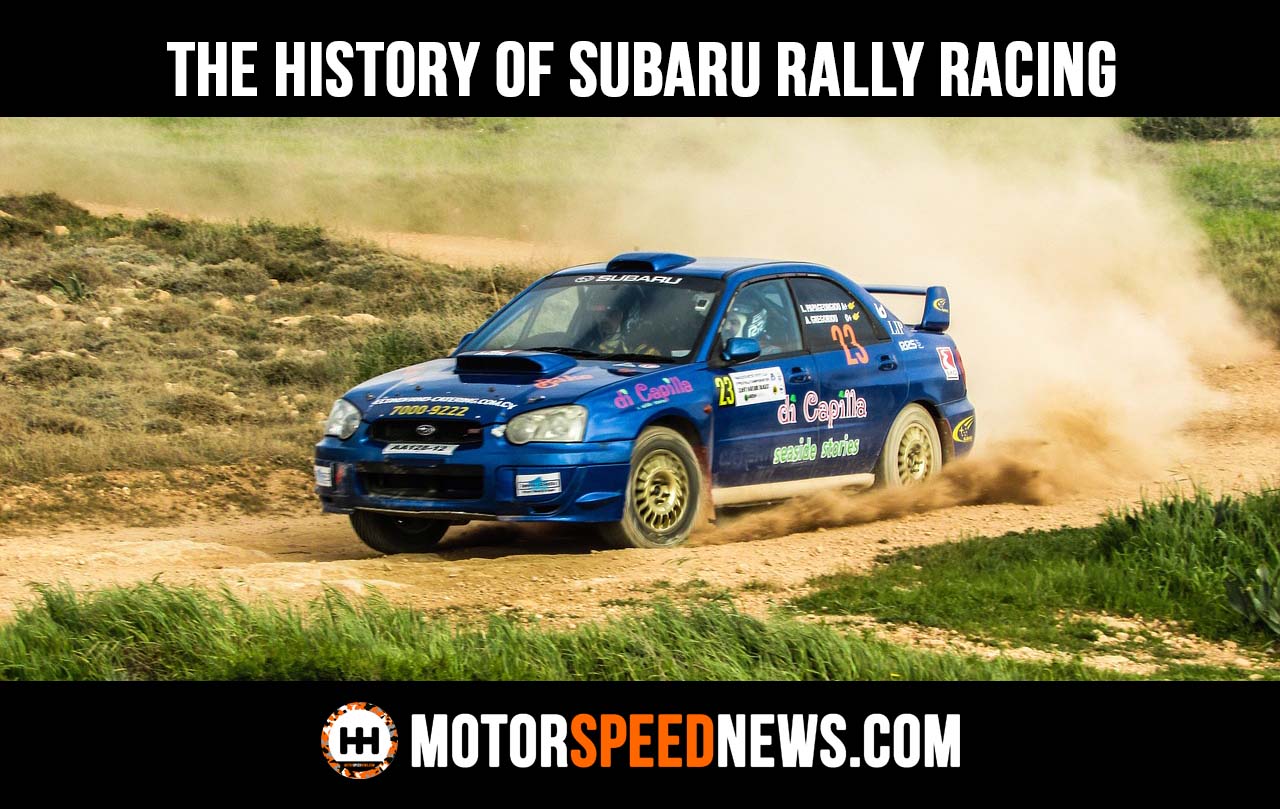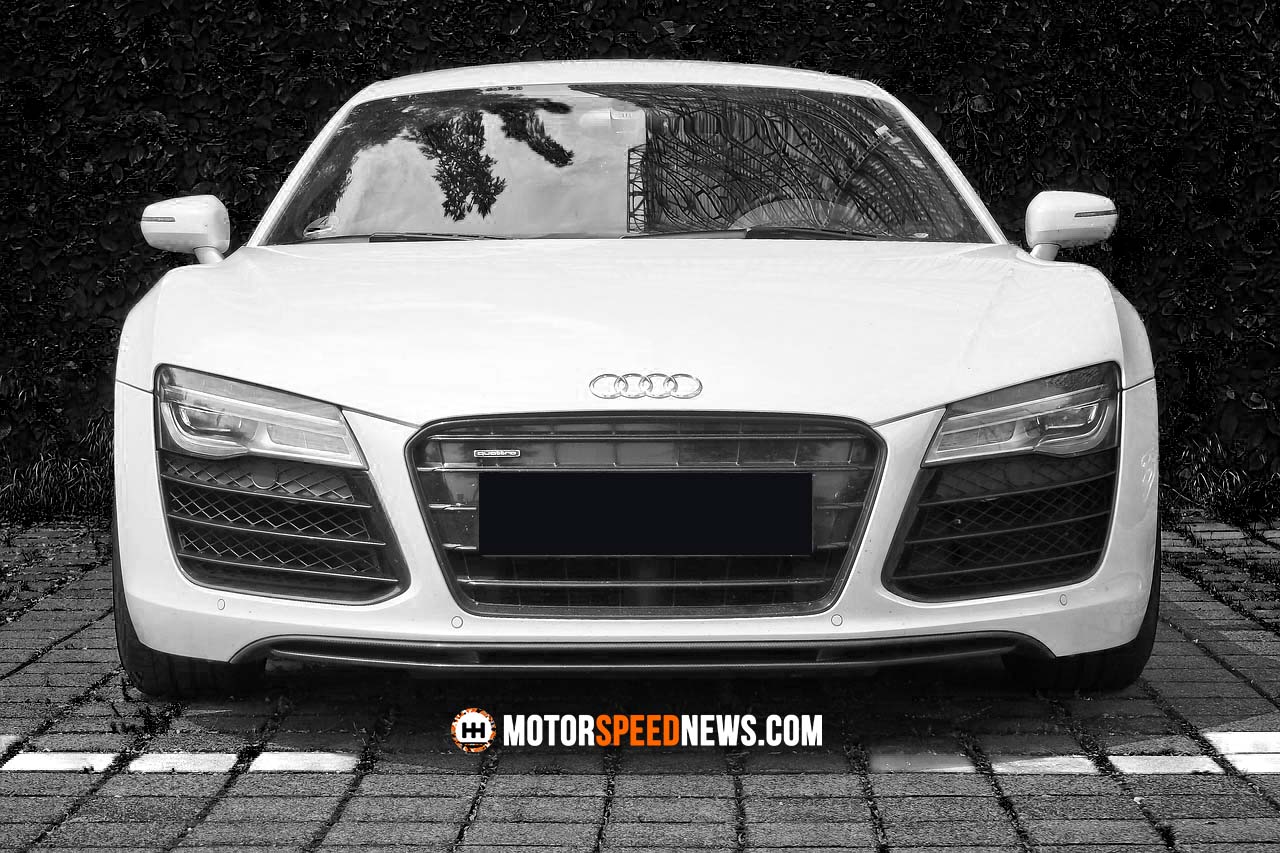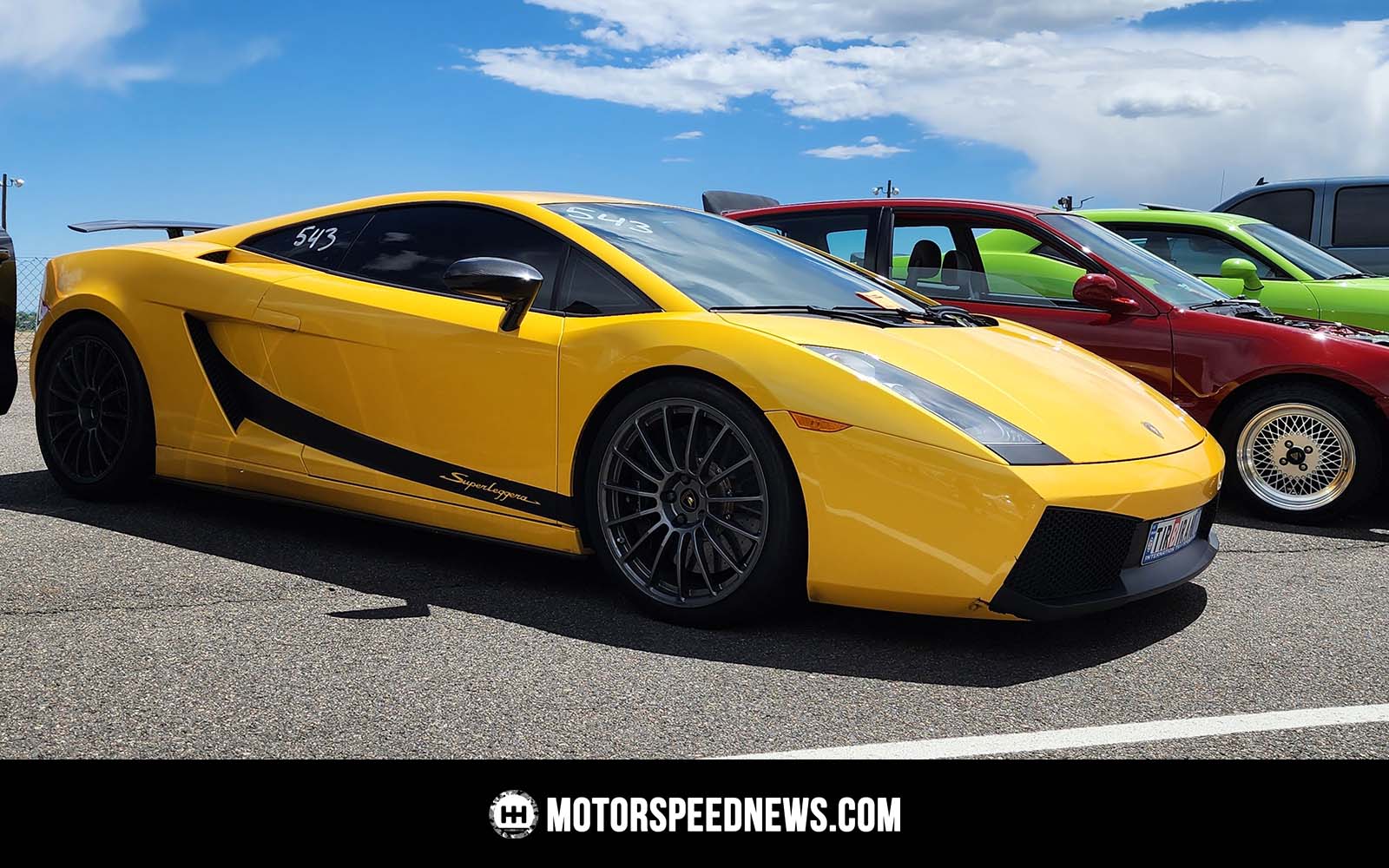In 1989 Subaru crushed a rather unique world speed record. Just a year after their motorsports division had been founded (STI), Subaru was continuing to build their reputation and demonstrate their cars and tech. That meant taking on a speed record that would take 18 consecutive days.
The 100,000 km World Speed Record
The 100,000 km World Land Endurance Record is a continuous race to complete 62,137.12 miles or 100,000 kilometers. It took Subaru 447 hours, 44 minutes, and 9.887 seconds to complete the feat. This equated to an average speed of 138.78 mph!
The cars only stopped for fuel, oil, new tires, and to change drivers.
This record is tracked and certified by the Federation Internationale de l’Automobile (FIA) and the United State Auto Club (USAC). Subaru claimed records from both organizations in January of 1989.
World speed record attempts are not only thrilling but also serve as a platform to push the boundaries of engineering and technology. High-speed testing plays a crucial role in understanding the capabilities of a vehicle and ensuring its safety at extreme velocities.
This video shows some great footage from the historic achievement:
The Car: 1989 Subaru Legacy
The Subaru Legacy, introduced in 1989 to replace the Leone, was designed to be a versatile and reliable family car that could handle various terrains and weather conditions. Its innovative features and exceptional performance quickly garnered attention from car enthusiasts worldwide. Still, the new speed record would take it to the next level.
Subaru used three AWD Legacy sedans sporting JDM EJ20 turbocharged boxer engines. The feat required 24 different drivers to participate and impressively they swapped in and out of the cars in just 90 seconds.
The Legacys were not exactly stock. They had roll bars, additional fuel cells and special aerodynamic covers for the wheels.
The Location: Stanfield, Arizona
Subaru rented a 5.7 mile banked oval track in Stanfield, Arizona for the record attempt. This equates to 10,901 laps to reach 62k miles! For comparison, A NASCAR race will have from 150 to 600 laps.
During the run, environmental factors such as wind resistance and road conditions presented additional hurdles that had to be overcome. The driver’s skill and precision were crucial in navigating these challenges at high speeds. A rain storm forced the drivers to reduce their pace by approximately 10 mph (down from a 145 mph average) and a fire incident occurred on one of the cars due to oil getting on the exhaust.
The Engineering Behind the 1989 Subaru Legacy’s Success
The background work involved in setting up a world speed record attempt is extensive. It requires meticulous planning and collaboration with many different parties. For this attempt, STI worked in conjunction with Subaru of America, Fuji Heavy industries, Michelin, and even a team of students from Arizona State. Every aspect of the vehicle’s design and performance was scrutinized to maximize the potential for achieving unprecedented speeds.
In total, Subaru claimed 14 records during the run and the 100,000 km record held until April 2005.
The Impact of the World Speed Record on Subaru’s Reputation And Sales
The world speed record achieved by Subaru has had a significant impact on the brand’s reputation in the realm of motorsports. Known for their heritage of performance cars, Subaru has built a strong reputation among car enthusiasts and racing enthusiasts alike.
The achievement of a world speed record not only showcases Subaru’s engineering prowess and technological advancements but also reinforces their commitment to pushing boundaries in the automotive industry. This accomplishment serves as a testament to Subaru’s dedication to performance and innovation.
The impact of this record goes beyond just the motorsports community. It has a direct influence on Subaru’s sales and brand image. After the event a single commercial aired about the feat, but decades later people like myself are still talking and writing about accomplishment. The 1989 world speed record adds credibility to Subaru’s claim of producing high-performance vehicles, attracting more customers who value speed, precision, and reliability.
More Legacy Speed Records
A couple years later the Subaru Legacy was again achieving world records. This time in the station wagon class with their Legacy wagon, attaining an average speed of 155.331 mph (249.981 km/h) over one kilometer.
Then again, in 1998 the 3rd generation Legacy beat the same record (speed record for mass-produced turbocharged station wagons with small engines) by hitting 168.101mph (270.532 km/h) for an entire kilometer. This feat was accomplished in La Junta, Colorado on Highway 10.
In the separate category of rallying, the Legacy paved the way for Subaru’s rally success. The Legacy began competing in the World Rally Championship in 1990. And in the same year became the first ever Group N car to finish the WRC Safari Rally. Additionally, legendary driver Colin McRae drove the legacy to several 1st and 2nd place finishes before he got his hands on the Impreza WRC car.
The Legacy Lives On: Inspiring Today’s Car Enthusiasts
The design and engineering innovations introduced in the 1989 Subaru Legacy have served as inspiration for subsequent Subaru models. Its sleek and aerodynamic body shape, advanced all-wheel drive system, and fuel efficiency were groundbreaking at the time. These features have since become standard in many modern vehicles, showcasing the enduring influence of the ‘89 Legacy and Subaru tech.
Furthermore, the 1989 Subaru Legacy made its mark in the motorsports industry. It competed successfully in various racing events and categories around the world. The Legacy’s performance capabilities and reliability on challenging terrains solidified its reputation as a formidable competitor. This success paved the way for Subaru’s continued involvement in motorsports and further cemented its position as a brand synonymous with performance.
This is why the Legacy and many other Subaru Models retain such a cult following. If you go to a car show this weekend, you might see a legacy. And if it’s a special show (for imports or Subarus), you might even see a 1989 Legacy. 👍
Read About The Mitaka STI Gallery And Museum Outside Tokyo
Read More Automotive History Articles

Founder and Executive Editor for Motor Speed News.
Current Garage:
2002 Subaru Impreza WRX Wagon (302 whp)
2005 Toyota Tundra Limited
1986 Yamaha Virago XV1100


